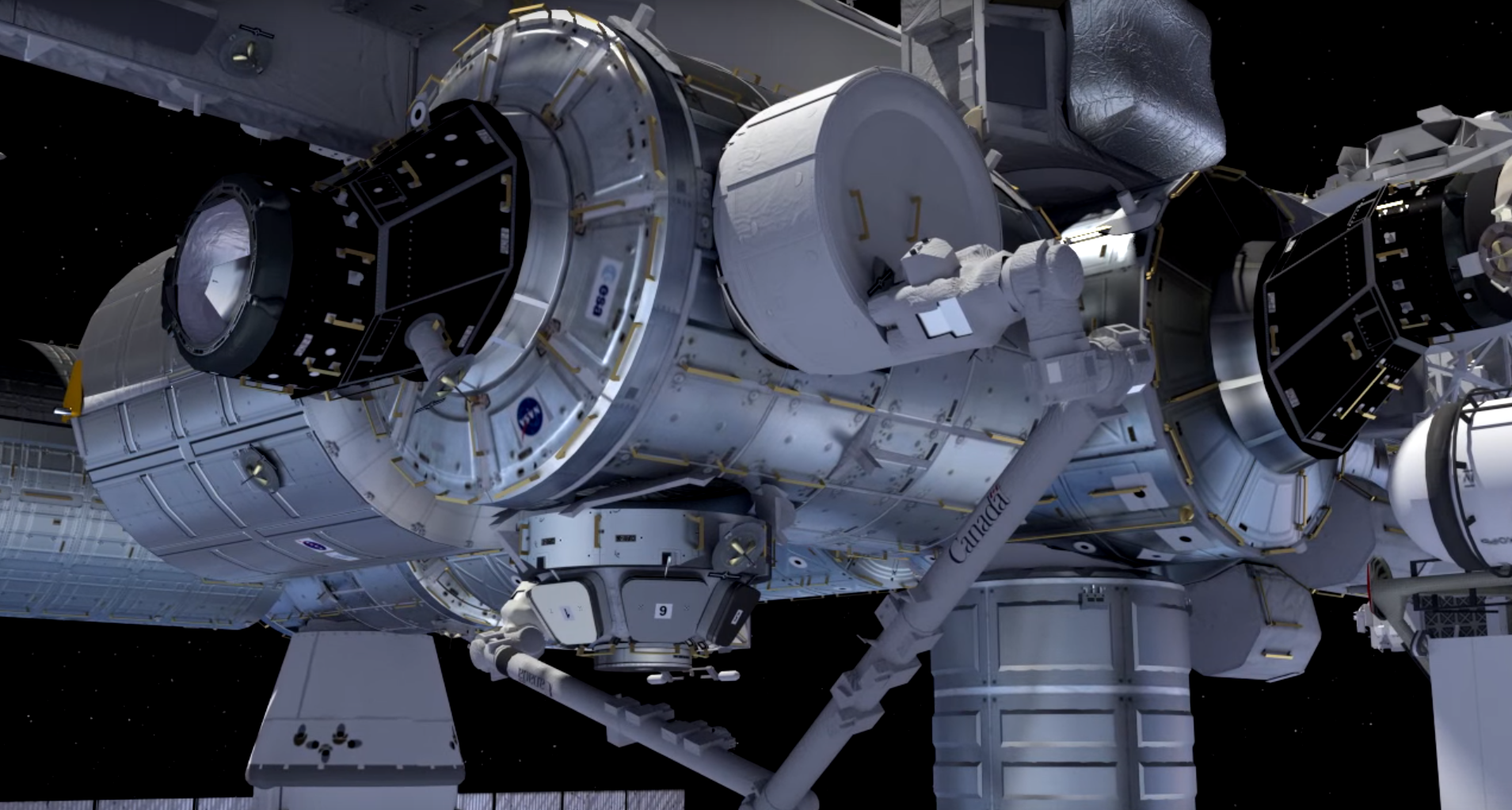NASA and Bigelow Aerospace will make a second attempt at 9 a.m. EDT Saturday, May 28, to expand the Bigelow Expandable Activity Module (BEAM), currently attached to the International Space Station. NASA Television coverage will begin at 8:45 a.m.
During initial operations Thursday to expand BEAM, the module’s length and diameter did not increase with the increased internal pressure, as expected. Teams stood down from operations for the day and engineers depressurized the habitat Friday afternoon.
NASA astronaut Jeff Williams again will lead operations to expand the module while they are in position to work in the sunlight. Designers need daylight and video communication to closely monitor the process. After successful expansion, a series of leak checks, and other preparations, space station astronauts will enter the habitat through the station’s Tranquility module. They will re-enter the module several times a year, throughout the two-year technology demonstration, to retrieve sensor data and assess conditions inside the module.
Expandable habitats are designed to take up less room on a spacecraft, but provide greater volume for living and working in space once expanded. This first test of an expandable module will allow investigators to gauge how well the habitat performs and specifically, how well it protects against solar radiation, space debris and the temperature extremes of space.
BEAM launched April 8 aboard a SpaceX Dragon cargo spacecraft from Cape Canaveral Air Force Station in Florida, and is an example of NASA’s increased commitment to partnering with industry to enable the growth of the commercial use of space. The BEAM project is co-sponsored by NASA’s Advanced Exploration Systems Division and Bigelow Aerospace.
The International Space Station serves as the world’s leading laboratory for conducting cutting-edge microgravity research and is the primary platform for technology development and testing in space to enable human and robotic exploration of destinations beyond low-Earth orbit, including asteroids and Mars.
For NASA TV streaming video, schedule and downlink information, visit:
https://www.nasa.gov/nasatv
Get more information about the Bigelow Expandable Activity Module at:
https://www.nasa.gov/beam
Learn more about the International Space Station at:
https://www.nasa.gov/station
-end-
Cheryl Warner
Headquarters, Washington
202-358-1100
cheryl.m.warner@nasa.gov
Dan Huot
Johnson Space Center, Houston
281-483-5111
daniel.g.huot@nasa.gov



























